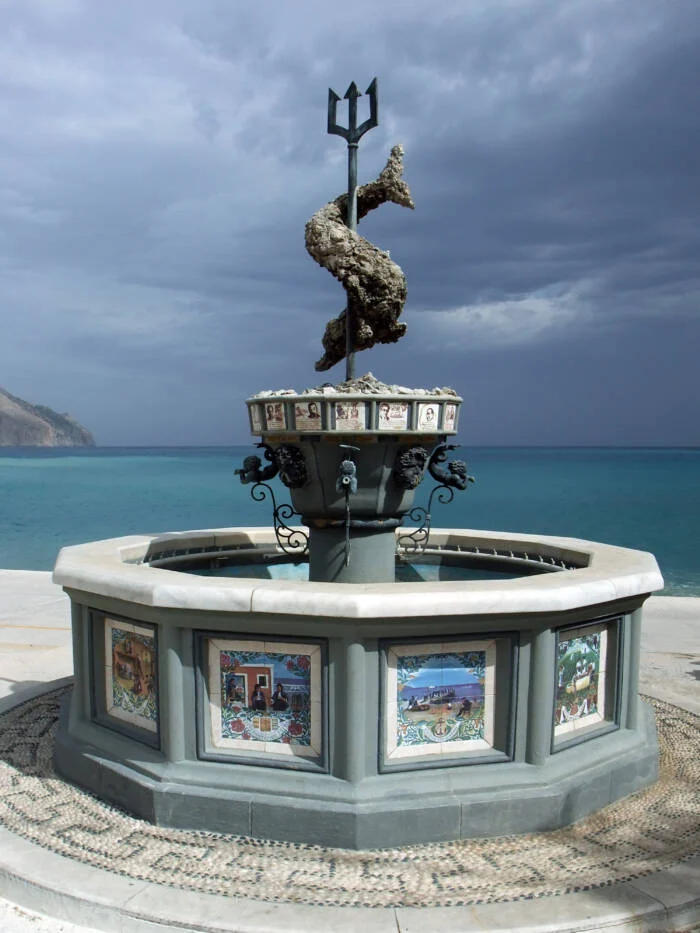Early one morning in April 2025, a Turkish man named Osman Erim went fishing at Lake Iznik with some friends. After casting his net, Erim made the discovery of a lifetime. There, among the fish he’d pulled in, was the tip of a trident.
Erim is from the village of Golluce, located on the southern shore of Lake Iznik in northwestern Turkey. One morning in April, he and a few friends headed to the lake to catch some fish — and reeled in more than they expected.
After casting his net into the water, Erim pulled it back in and noticed a peculiar object among the fish: a three-pronged spear known as a trident. He recognized the potential historical value of the object and quickly turned it over to experts.
“We set out early in the morning and threw the nets for silverfish,” said Erim, as reported by Türkiye Today. “Among the fish, we found an object resembling a spear. Thinking it might be a historical artifact, I decided to hand it over to the authorities.”
Experts Suspect Roman-Era Origins
Erim immediately contacted experts from a local museum, who believe that the object dates back to the Roman period. As a result, the object is now being called “Poseidon’s Trident,” referring to the weapon wielded by the deity in classical mythology.
Now, the trident is in the care of the Iznik Museum and its researchers. While no official dating or analysis of the artifact has yet been carried out, experts believe it dates back to the Roman era.
This has the potential to be of profound historical significance, given that the area was once a prominent strategic center of the Roman Empire and the location of the Council of Nicaea, a pivotal moment in Christian history.

A Nod to Mythology: Poseidon’s Trident
According to myth, Poseidon’s trident was crafted by the Cyclopes, one-eyed giants known for their craftsmanship. Alongside Zeus’ thunderbolt and Hades’ helm of invisibility, Poseidon’s trident was forged to aid the gods in their battle against the Titans.
However, the trident also granted Poseidon other unique abilities.
Wielding his trident, Poseidon (or Neptune, in the Roman world) was said to have control over the weather and the ability to stir the seas into a frenzy or calm a storm. He could also use the trident to summon earthquakes or even to create springs or islands.
During the contest for the patronage of Athens, Poseidon struck the Acropolis with his trident to produce a saltwater spring as a gift to the city. Athena’s gift of the olive tree was deemed more valuable, though, and she became the city’s patron deity instead. Still, Poseidon’s trident remains a key symbol of the ancient god to this day.
Questions Remain About the Artifact’s Purpose
The prominent link between the god and the imagery of the trident has led to speculation about the purpose of the artifact found in Lake Iznik.
Was the object meant to be an offering to the god? Or was it perhaps used in a ceremony somewhere in the nearby vicinity?
At the moment, experts have no answer.
Regardless, the trident is yet another reminder of the rich history of Lake Iznik.
Surge in Asian Currencies Sparks Fears of Imminent U.S. Dollar Avalanche




